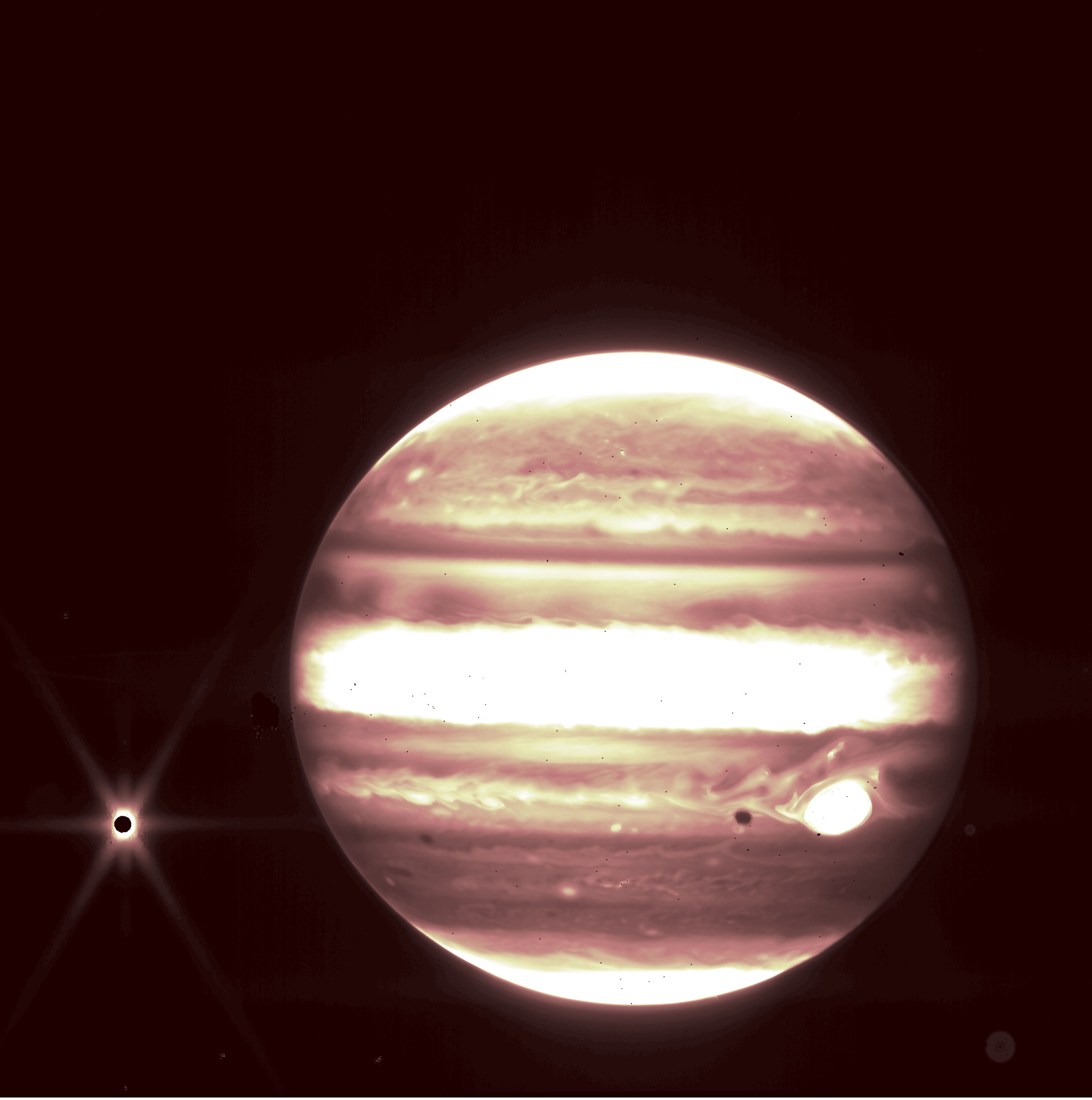Looking at the first image from:
https://blogs.nasa.gov/webb/2022/07...and-more-now-available-in-commissioning-data/
and zooming in, I see ~100 objects, especially over the bright middle section, that look like asteroids.
Are they pieces of rock or something else?

https://blogs.nasa.gov/webb/2022/07...and-more-now-available-in-commissioning-data/
and zooming in, I see ~100 objects, especially over the bright middle section, that look like asteroids.
Are they pieces of rock or something else?



